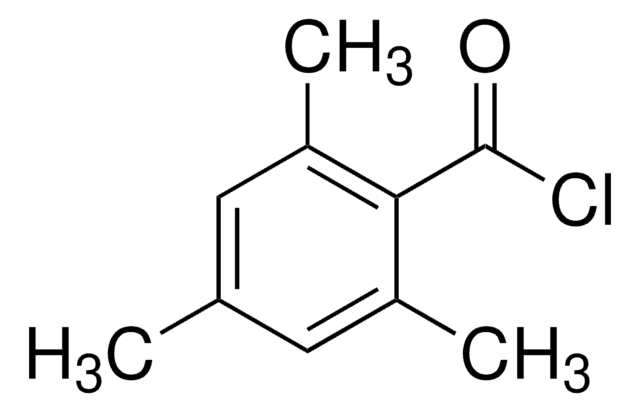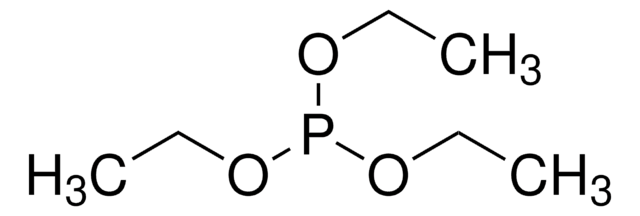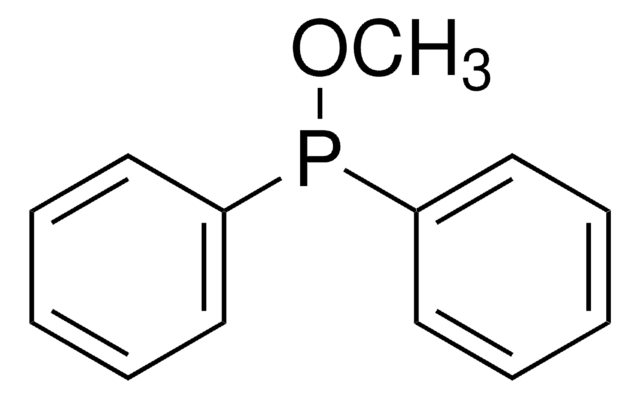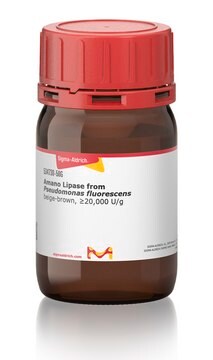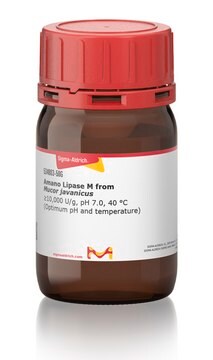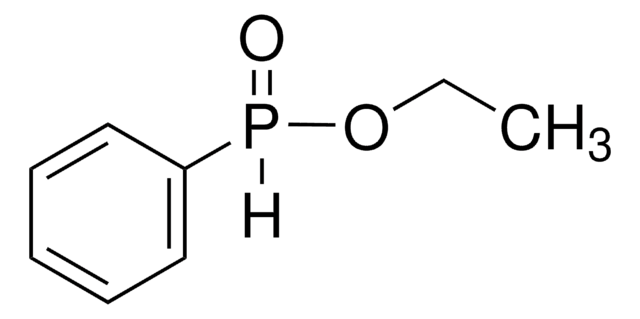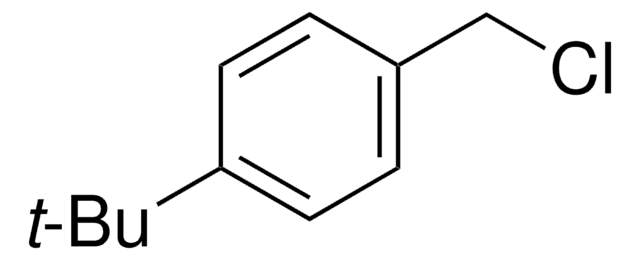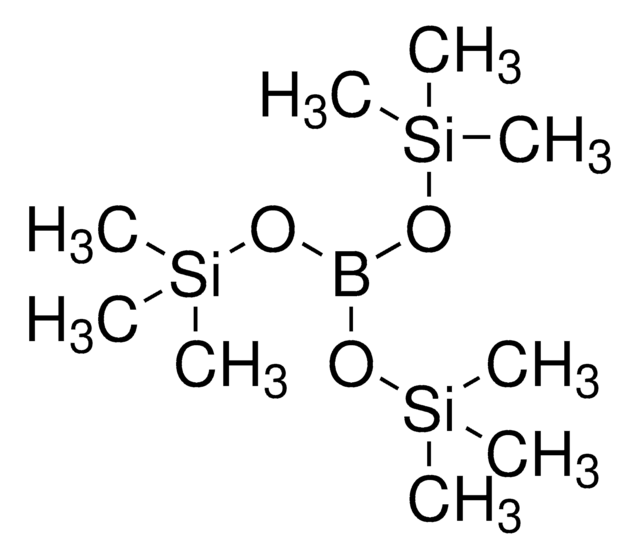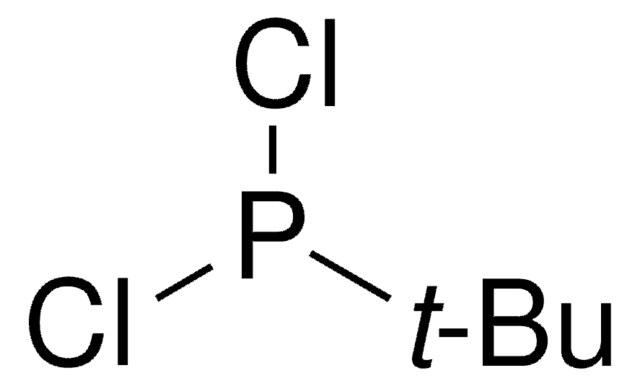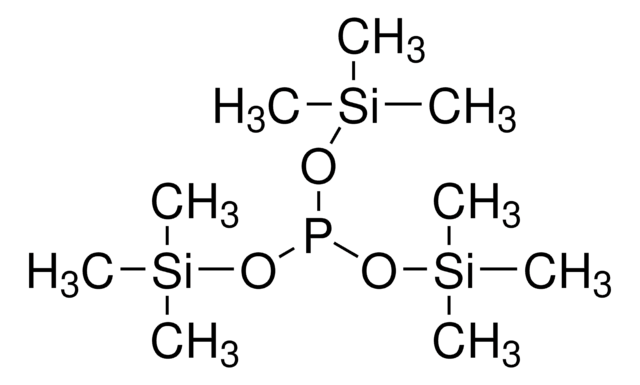Wichtige Dokumente
149470
Dimethylphenylphosphonit
97%
Synonym(e):
Dimethoxyphenylphosphin
About This Item
Empfohlene Produkte
Qualitätsniveau
Assay
97%
Form
liquid
Eignung der Reaktion
reaction type: Buchwald-Hartwig Cross Coupling Reaction
reaction type: Heck Reaction
reaction type: Hiyama Coupling
reaction type: Negishi Coupling
reaction type: Sonogashira Coupling
reaction type: Stille Coupling
reaction type: Suzuki-Miyaura Coupling
Brechungsindex
n20/D 1.529 (lit.)
Dichte
1.072 g/mL at 25 °C (lit.)
Lagertemp.
2-8°C
SMILES String
COP(OC)c1ccccc1
InChI
1S/C8H11O2P/c1-9-11(10-2)8-6-4-3-5-7-8/h3-7H,1-2H3
InChIKey
LMZLQYYLELWCCW-UHFFFAOYSA-N
Signalwort
Danger
H-Sätze
Gefahreneinstufungen
Eye Dam. 1 - Skin Corr. 1B
Lagerklassenschlüssel
8A - Combustible corrosive hazardous materials
WGK
WGK 3
Flammpunkt (°F)
235.4 °F - closed cup
Flammpunkt (°C)
113 °C - closed cup
Persönliche Schutzausrüstung
Faceshields, Gloves, Goggles, type ABEK (EN14387) respirator filter
Hier finden Sie alle aktuellen Versionen:
Besitzen Sie dieses Produkt bereits?
In der Dokumentenbibliothek finden Sie die Dokumentation zu den Produkten, die Sie kürzlich erworben haben.
Kunden haben sich ebenfalls angesehen
Unser Team von Wissenschaftlern verfügt über Erfahrung in allen Forschungsbereichen einschließlich Life Science, Materialwissenschaften, chemischer Synthese, Chromatographie, Analytik und vielen mehr..
Setzen Sie sich mit dem technischen Dienst in Verbindung.